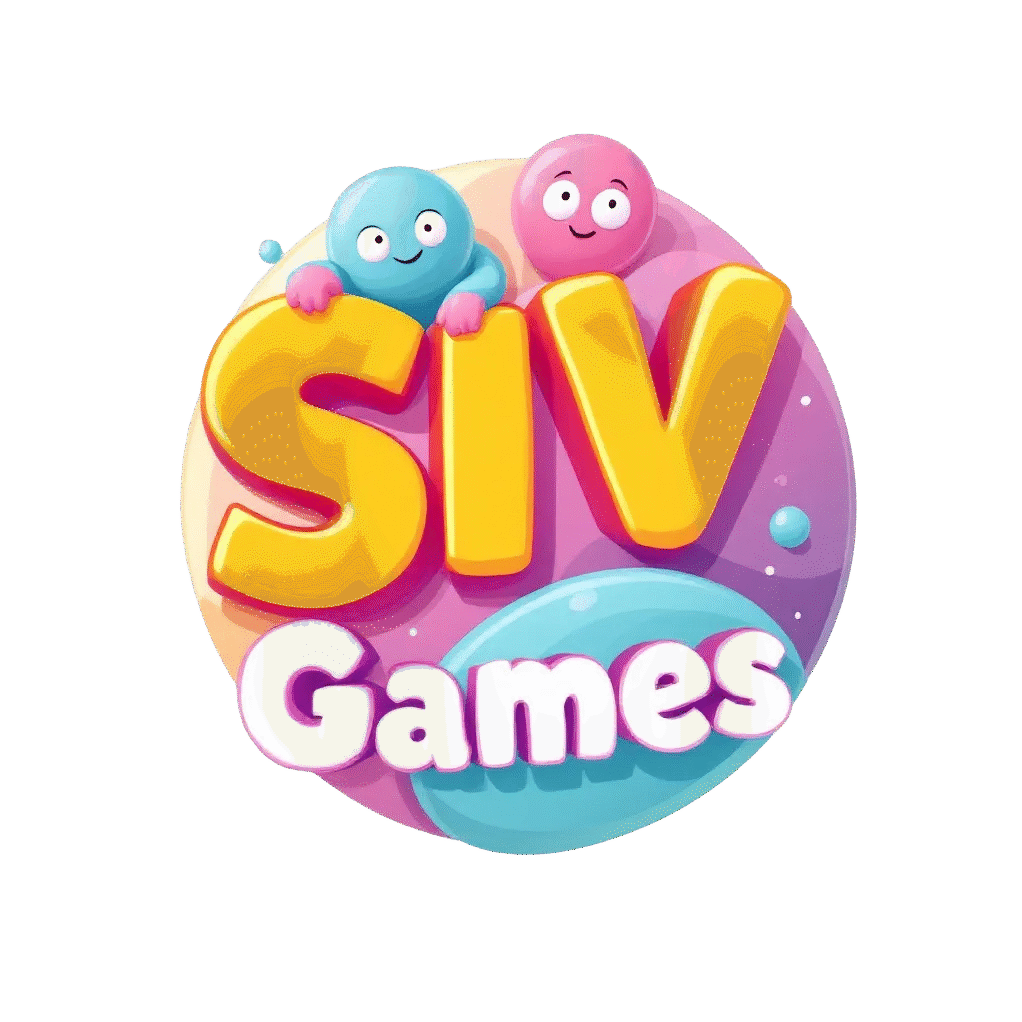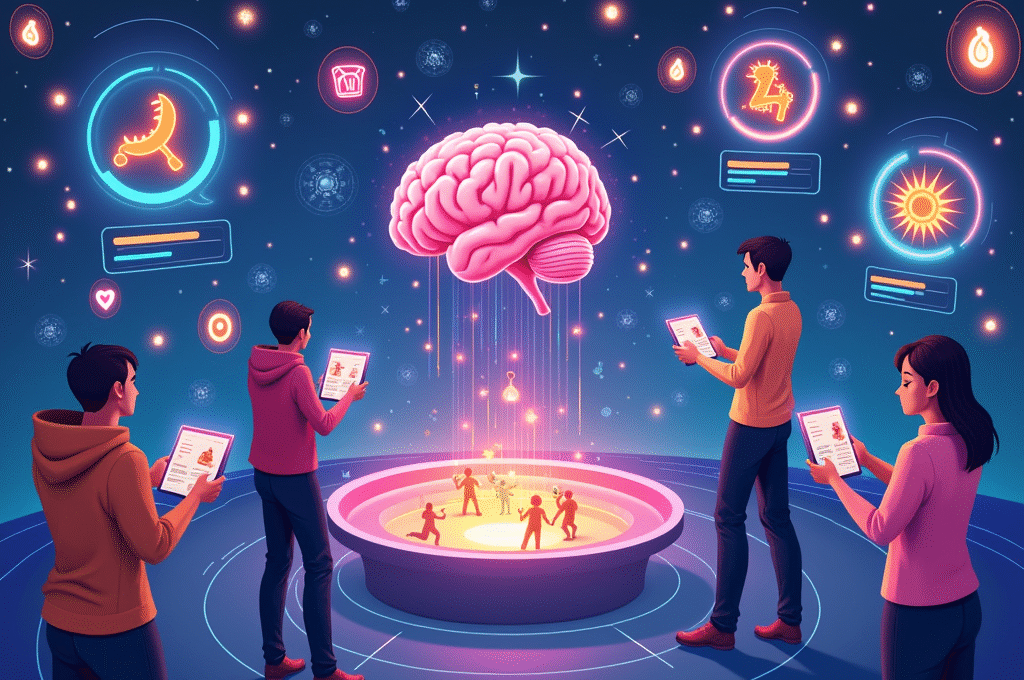**1. Introduction: Why Player Retention Matters 🧠🎮**
In the fast-paced, content-rich world of today’s video games, getting players to download your game is only half the battle. The real challenge lies in keeping them engaged and coming back for more. This is where player psychology and behavior enter the game design arena as vital tools for success.
Player retention is deeply tied to what makes a game appealing, rewarding, and, most importantly, habitual. Leveraging psychological principles not only improves user experience but can also significantly boost lifetime value (LTV), reduce churn rates, and improve organic word-of-mouth growth. Whether you’re an indie developer or part of a AAA studio, understanding player psychology should be a cornerstone in your design philosophy.
**2. The Psychology Behind Game Engagement 🧩🧠**
Humans are wired to seek reward, avoid frustration, and explore problems until resolved. Games tap into this through:
– **The Dopamine Loop**: Completing objectives, leveling up, and receiving loot triggers dopamine, making players feel good and more likely to return.
– **Variable Reward Systems**: Random reward mechanics, such as loot boxes or daily spins, mimic gambling-like excitement and keep engagement high.
– **Autonomy, Competence, and Relatedness (Self-Determination Theory)**: Games that offer choice (autonomy), challenge (competence), and social features (relatedness) leverage intrinsic motivations—critical for long-term enjoyment.
**3. Designing for Different Player Types 🧍♂️🧍♀️👾**
Not all players engage with games the same way. Richard Bartle’s taxonomy classifies players into four main types:
– **Achievers** – motivated by in-game success and leveling up
– **Explorers** – love to discover every corner, hidden gem, and secret
– **Socializers** – enjoy collaboration, community, and competition
– **Killers** – driven by a desire to dominate others
Modern analytics can identify what your core player base leans toward. Tailoring game elements such as leaderboards, cooperative missions, or expansive lore to engage your dominant user type enhances satisfaction and retention.
**4. Onboarding: First Impressions Matter 🌟🎓**
The onboarding experience sets the tone for long-term retention. Data shows that if users don’t understand or enjoy the first 5–10 minutes, the chance they return drops significantly.
Best practices include:
– **Progressive tutorials** that guide rather than overwhelm
– **Instant feedback** on interactions (e.g., animations, sounds)
– **Early accomplishment** (first challenge completed in 2–3 minutes)
– **Clear, intuitive UI/UX** that reduces cognitive load
The goal is to build confidence and habit early through success and clarity.
**5. Habit-Forming Game Loops 🔁😄**
A well-structured core game loop is essential for building habitual players. The loop has three main elements:
1. **Trigger**: An event or notification that initiates play
2. **Action**: The gameplay the user engages in
3. **Reward**: A meaningful benefit (experience, unlockables, praise)
Adding strategic “investment steps” (crafting, leveling, personalization) ensures players feel more committed with each return. The inclusion of short-term, mid-term, and long-term goals helps balance satisfaction with ambition.
**6. Feedback and Reward Systems 🎁⚙️**
Feedback isn’t just about rewards—it’s about communication. Players must know they’re making progress. Consider:
– **Visual progress indicators** (XP bars, badges)
– **Auditory feedback** (reward sounds, affirmations)
– **Celebratory cues** (visual effects, UI flares)
Reward systems should be predictable enough to be effective but also flexible to surprise and delight. Using achievements, daily quests, time-limited events, and unlockable content can build incentive loops.
**7. Social Mechanics: The Power of Connection 🤝💬**
Humans are social by nature. Incorporating cooperative or competitive multiplayer modes can galvanize a strong, sticky community.
– **Guilds or clans** provide long-term goals and camaraderie
– **Leaderboards** ensure achievers and killers stay motivated
– **Chat features and forums** help socializers create loyalty
Incentivize social invites through referral bonuses and friend activities. Many mobile games now attribute their strongest growth metrics to social expansion.
**8. Analytics and A/B Testing: Data Meets Psychology 📊📍**
Designing for psychology doesn’t mean shooting in the dark. Use player behavior data to test and adjust:
– **Heatmaps** for UI/UX refinement
– **Churn analytics** to identify pain points
– **Session length and depth** to evaluate loop effectiveness
– **A/B testing** of reward systems, notifications, or level difficulty
Aligning behavioral metrics with KPIs such as Day 1, Day 7, and Day 30 retention allows developers to iterate features around proven psychological levers.
**9. Avoiding Manipulation: Ethical Game Design 🧘♂️🚫**
Using psychology to enhance gameplay is powerful—but with power comes responsibility. Ethical concerns have risen around exploitative mechanics such as predatory microtransactions or manipulative energy timers.
Best practices in ethical game design include:
– Clear, upfront monetization models
– Avoiding pay-to-win structures
– Offering fair value in purchases
– Providing playability without financial commitment
Respecting players builds loyalty—and a long-term audience.
**10. Conclusion: Psychology Is a Superpower in Game Design 🧠💥**
Understanding player psychology isn’t just a nice-to-have—it’s a competitive advantage. From onboarding to endgame, every element of a game can be enhanced by anticipating how and why players engage.
Designers who learn to speak the language of intrinsic motivation, reward scheduling, and behavioral design can create systems that don’t just entertain but truly resonate. And in today’s crowded gaming ecosystem, resonance is the currency of success.
Ready to keep your players coming back? Start thinking like a psychologist, not just a programmer.
Stay tuned to our blog for future deep dives into behavioral design, emotional storytelling, and the science of player happiness.
Happy designing—and happy playing!

